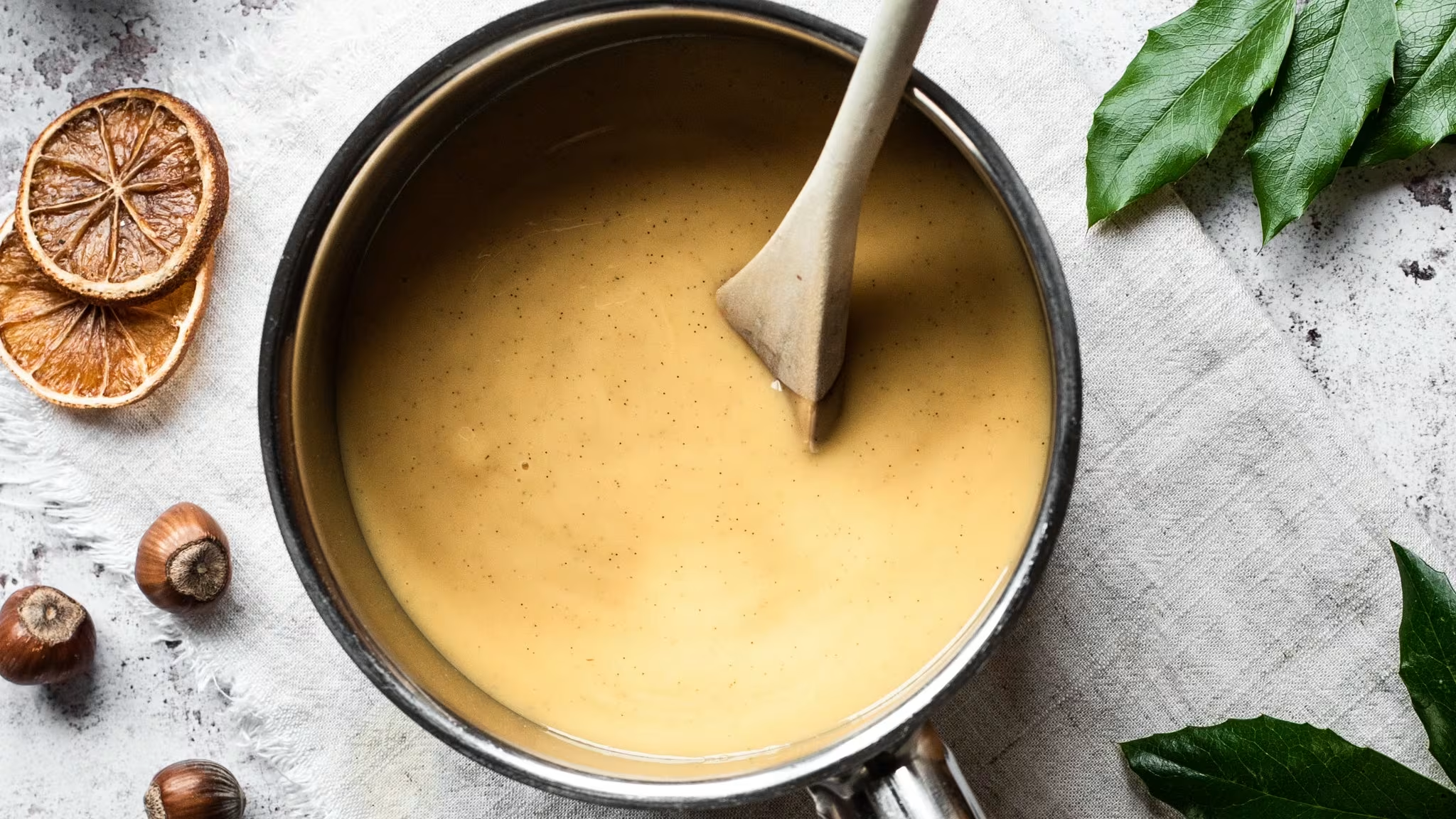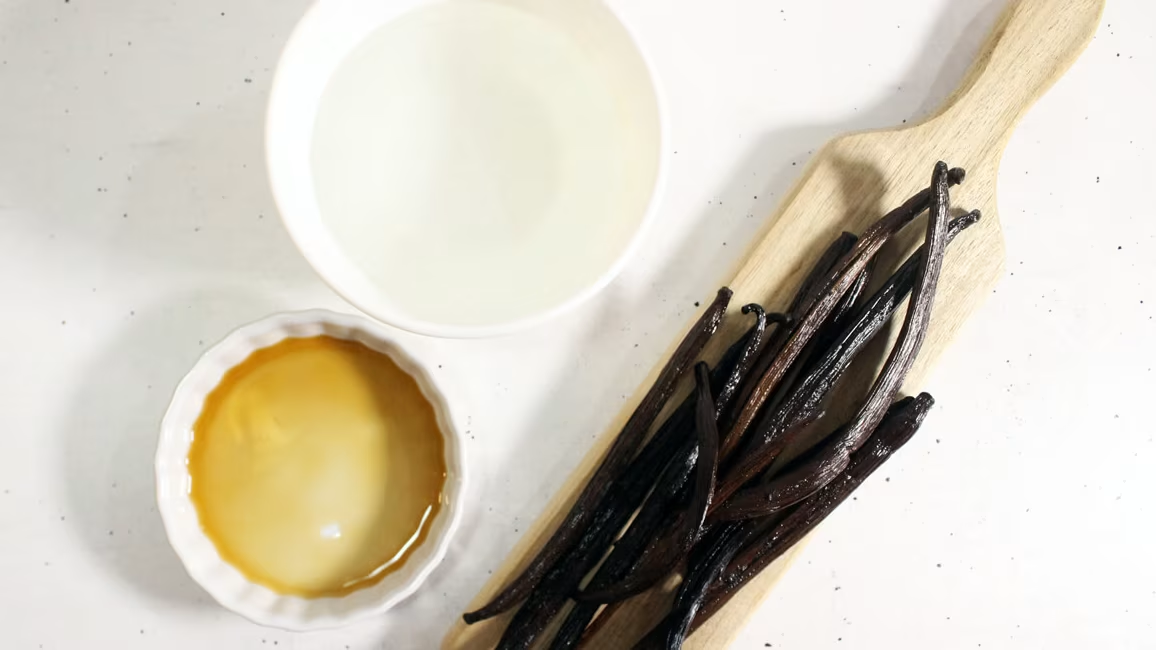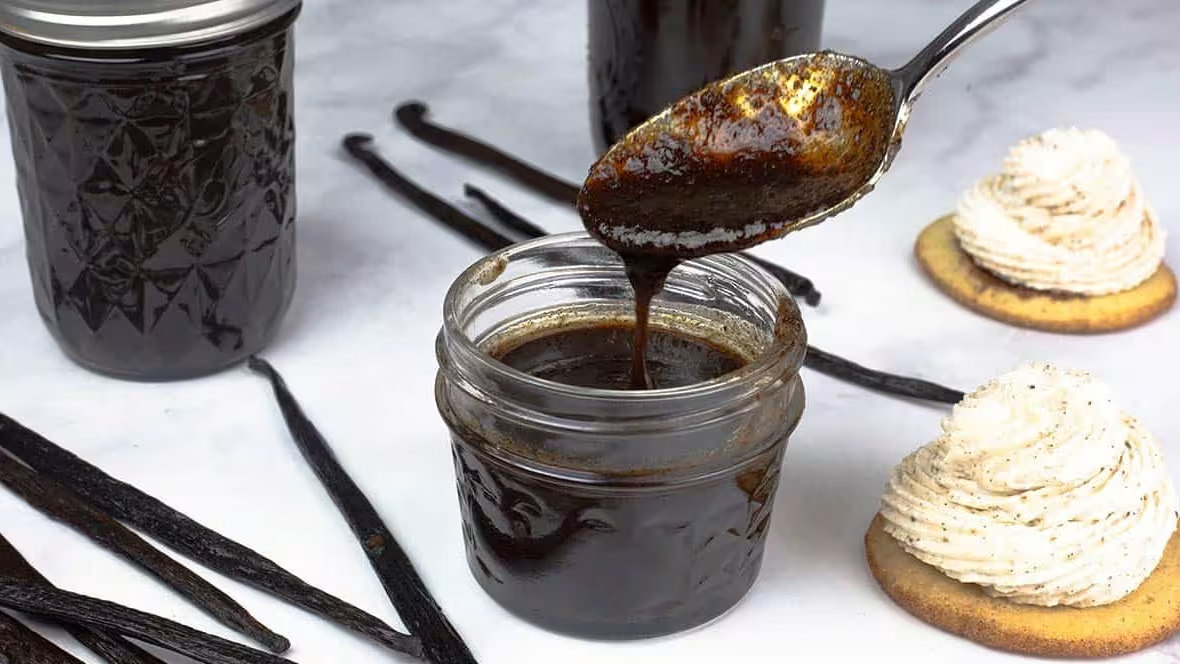
Deliciously Simple Vanilla Paste Recipe for All Your Baking Needs
Written by Jessica Lopez
Published at 10-04-2022
Edited on 03/25/2025 | 08:54 AM
Baked-Goods RecipesCourse: Baking Essentials
Cuisine: Global
Difficulty: Easy
Servings
1 cup
Prep Time
10 minutes
Cooking Time
0 minutes
Total Time
10 minutes
Fat
0g
Protein
0g
Carbs
12g
Calories
48 kcal
If you’re a baking enthusiast or someone who enjoys crafting delicious desserts, you’ve likely encountered the rich, aromatic flavor of vanilla. While vanilla extract is a common pantry staple, have you ever tried vanilla paste? This incredible ingredient is a game-changer, offering the intense flavor of vanilla beans combined with the convenience of a liquid. In this blog post, we'll guide you through an easy vanilla paste recipe that you can whip up in no time! Not only will you enhance your baking with the warm, sweet notes of vanilla, but you'll also impress your friends and family with your homemade twist.
Vanilla paste is perfect for cookies, cakes, ice creams, and even savory dishes, adding depth and character to your culinary creations. Plus, it's a fantastic way to elevate simple recipes to gourmet status! This recipe is not only economical but also allows you to control the quality of ingredients, ensuring that your vanilla paste is pure and free from artificial flavors. Follow along as we share step-by-step instructions that even beginner bakers can follow.
Get ready to discover how easy it is to make your own vanilla paste at home, transforming your desserts from ordinary to extraordinary. So gather your ingredients, and let’s dive into this delightful vanilla paste recipe that will bring your baking to life!.


